- It is a major One Belt One Road project and will meet 20% of Dubai’s electricity demand
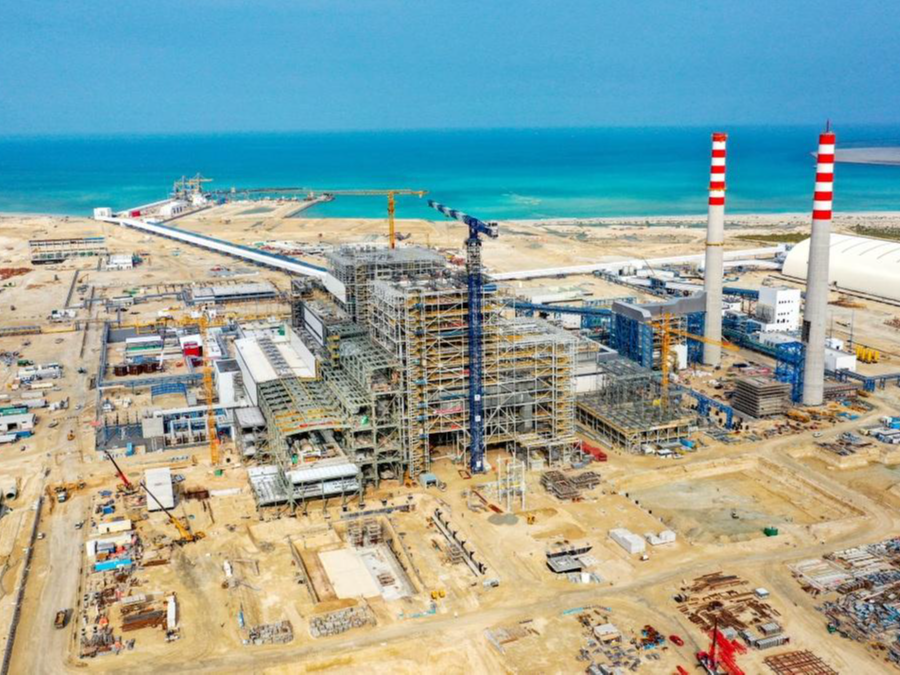
In the southern desert of Dubai, UAE, a new miracle is emerging, but this is not another skyscraper that the area is famous for, but a coal-fired power plant under construction. The construction of Dubai’s $3.4 billion Hassyan coal-fired power plant is puzzling because the United Arab Emirates is the headquarters of the International Renewable Energy Agency. It is also building the first nuclear power plant on the peninsula, and continues to promote huge solar power plants named after the ruler of Dubai. Dubai has also set an ambitious goal to minimize the world’s carbon footprint by 2050, which will be affected by coal burning.
The arrival of this coal power plant comes at a time when the Gulf Arab countries are still one of the most energy-hungry countries in the world. At the same time, the use of imported natural gas has caused political concerns. The dispute with Qatar, a gas producer, lasted for more than a year, adding to this concern. Qatar has been boycotted by four Arab countries including the UAE.
Dubai, once the Pearl Harbor, had its first power company in 1961, and it took about 10 years to form the United Arab Emirates together with other countries. Part of the Hassyan Power Plant was built by China. The power plant is described as a major One Belt One Road project, which aims to expand China's influence in Africa and Asia. This factory, which was built by a Chinese company, will meet 20% of Dubai's electricity demand.
However, according to most peer-reviewed studies, scientific organizations and climate scientists, its construction was carried out at a time when the world was warming, mainly due to the rising levels of carbon dioxide and other greenhouse gases in the atmosphere. So far, most of the increase in temperature is the result of human activities, including burning coal, oil and natural gas. Those warmer temperatures encourage extreme weather, such as strong storms.Editor/Huang Lijun
Comment
 Praise
Praise
 Collect
Collect
 Comment
Comment
 Search
Search


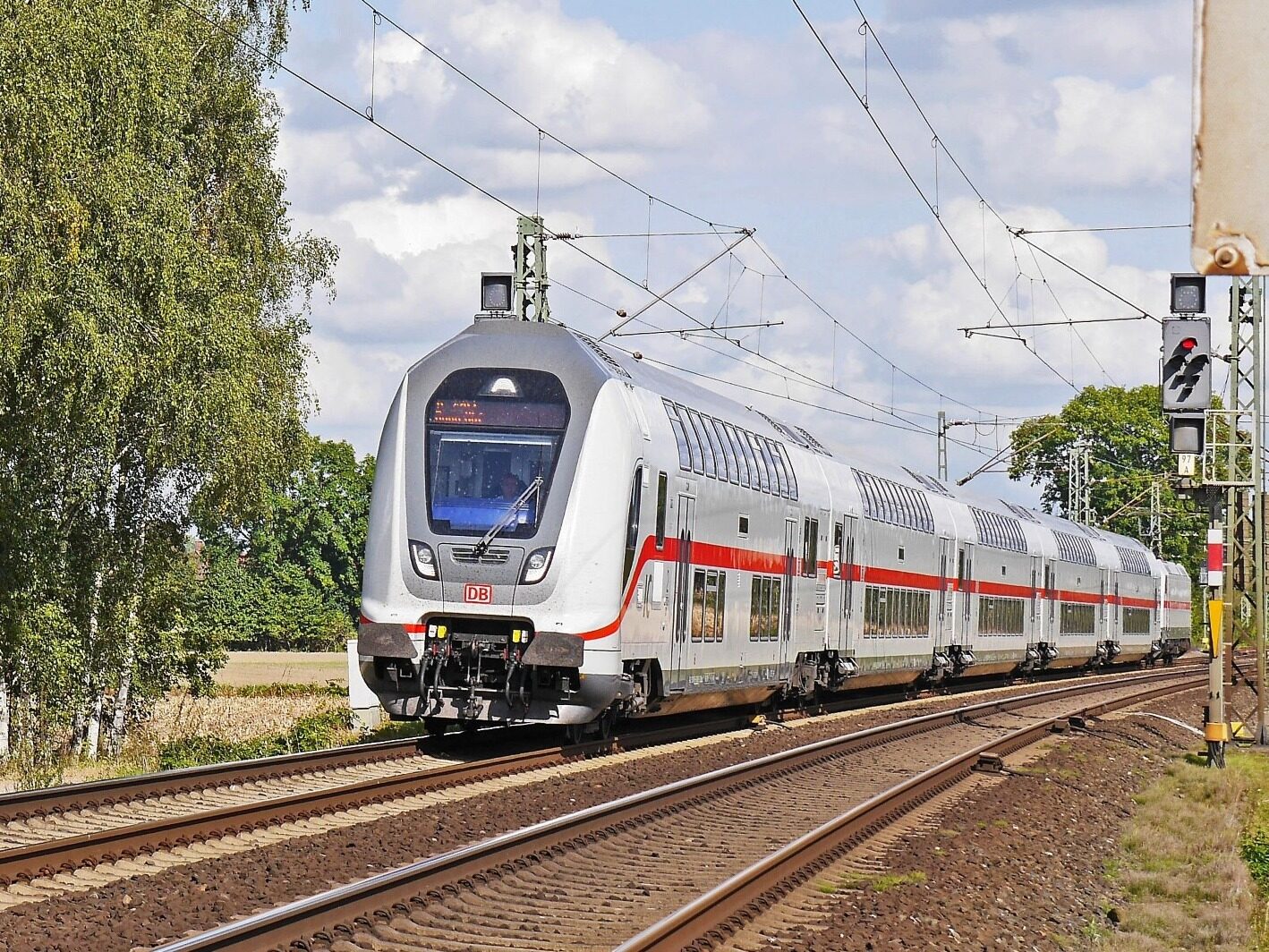
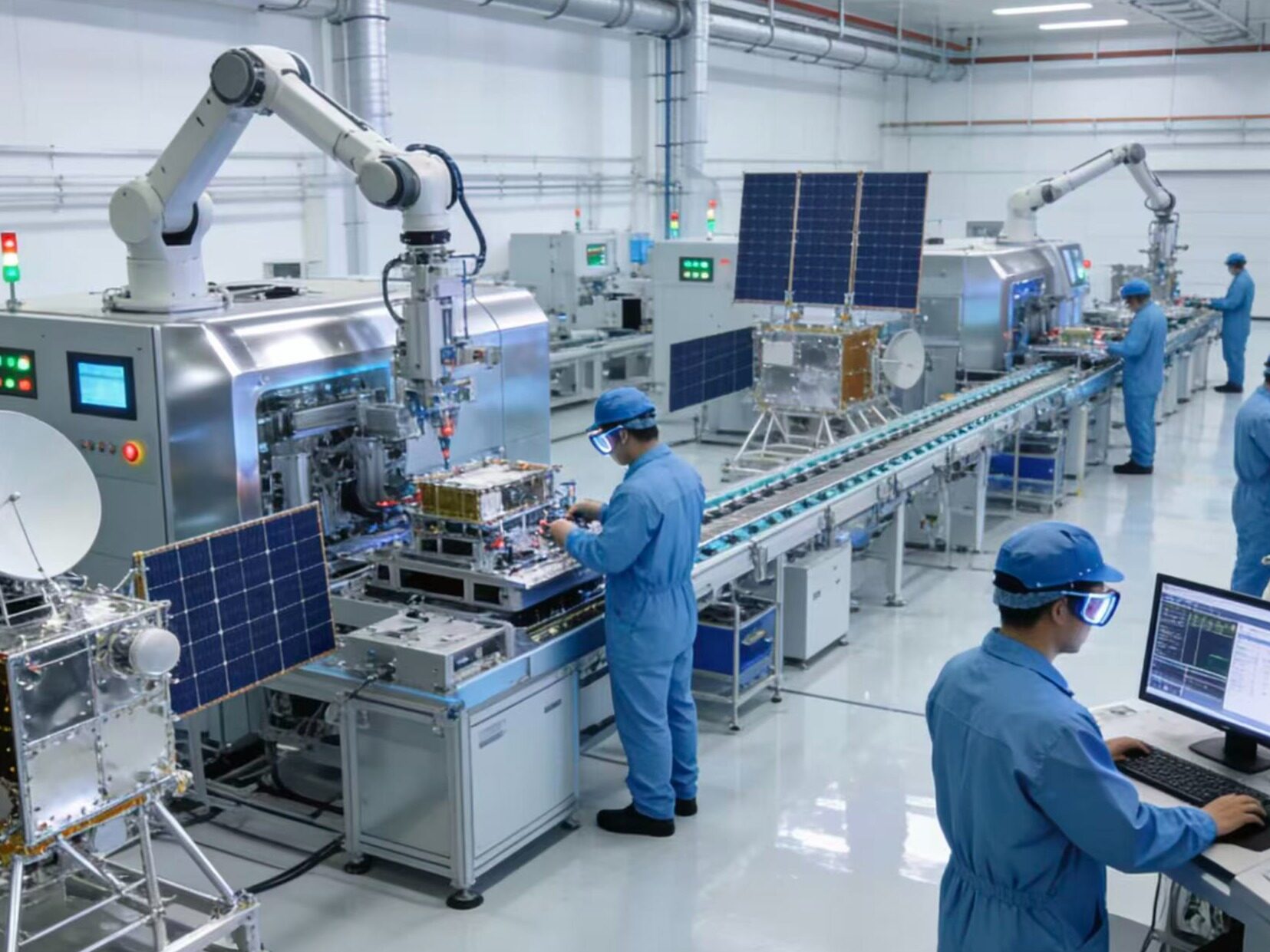
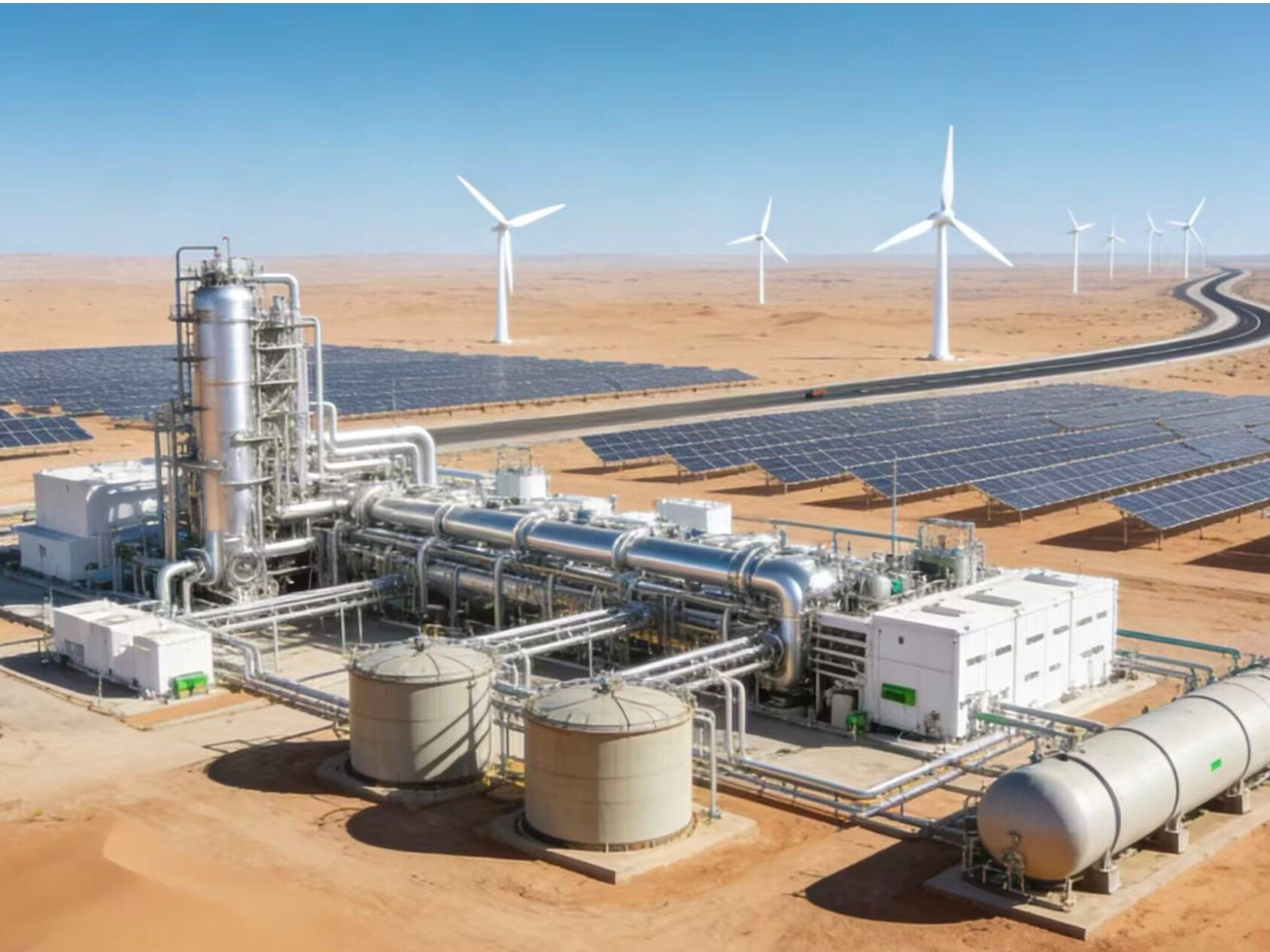
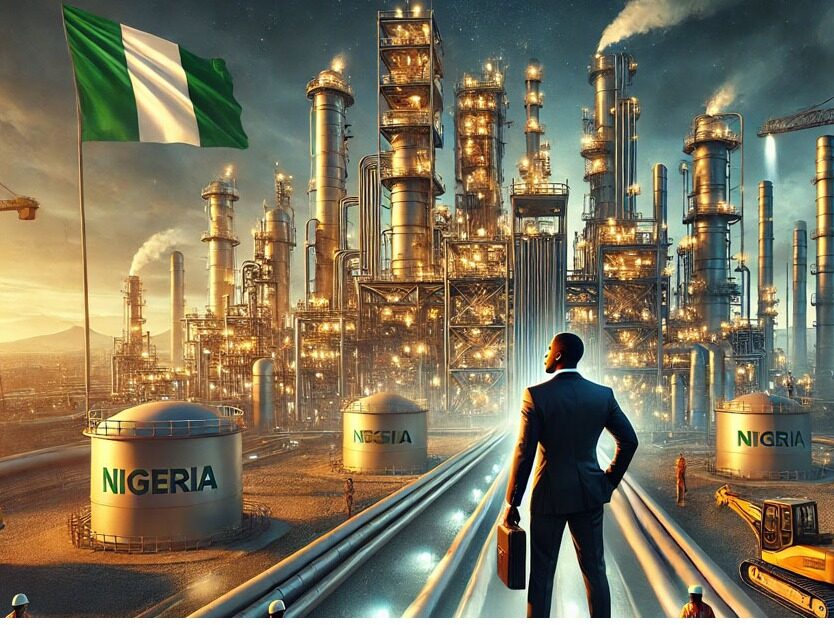

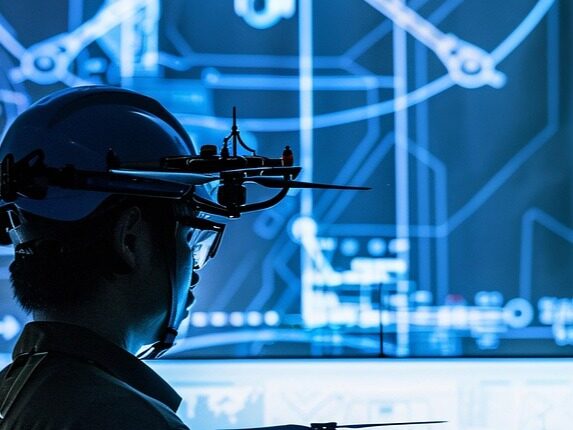






Write something~